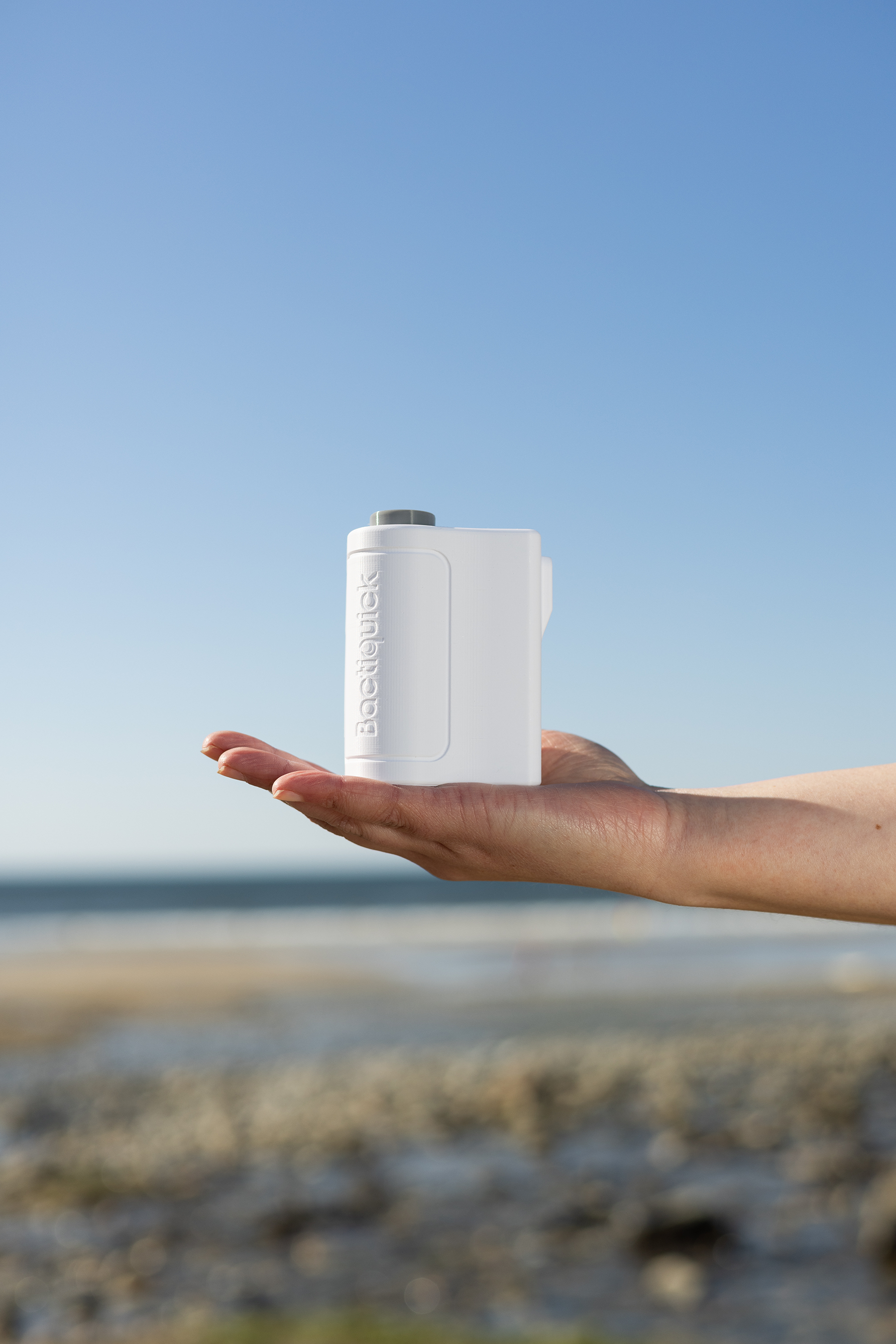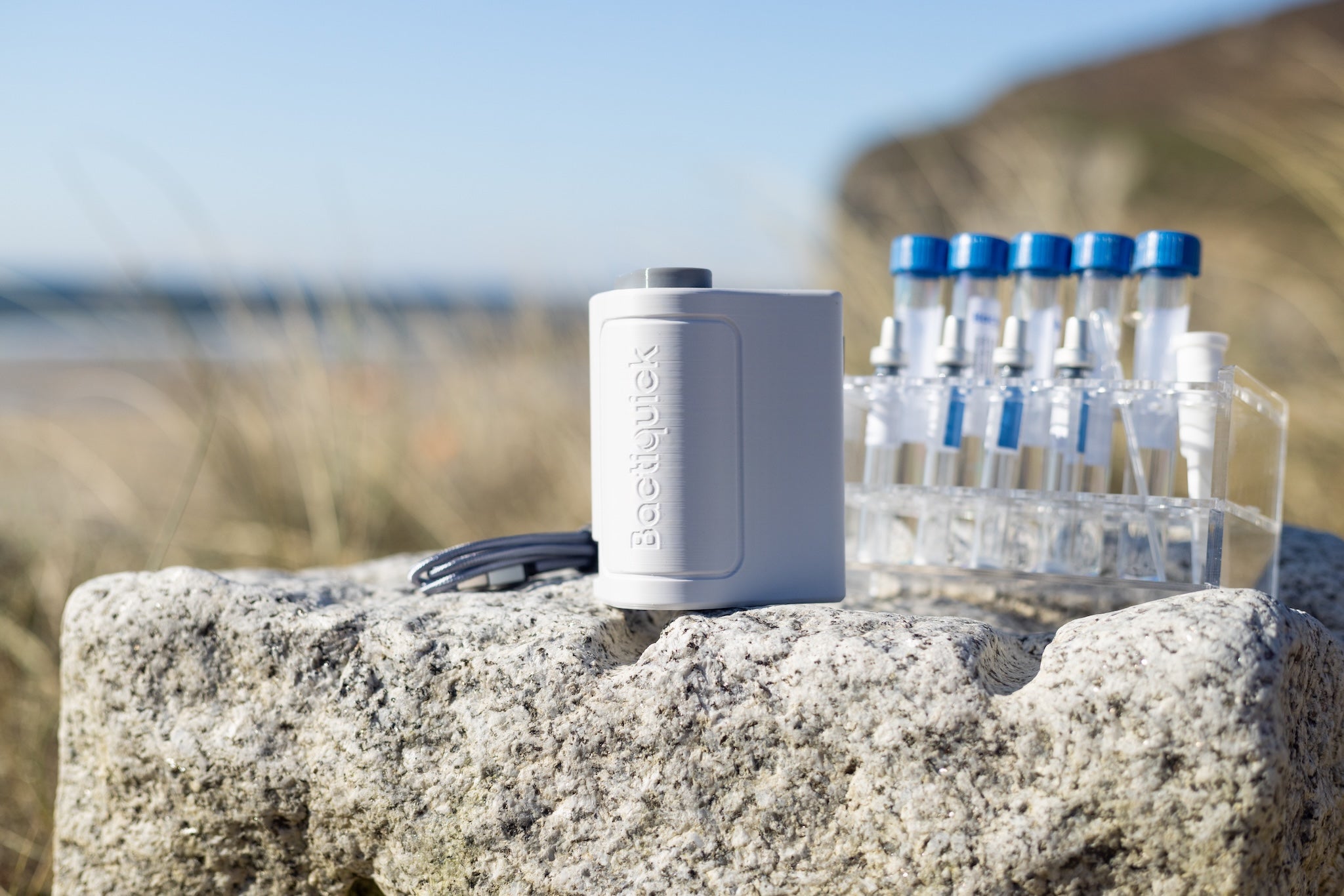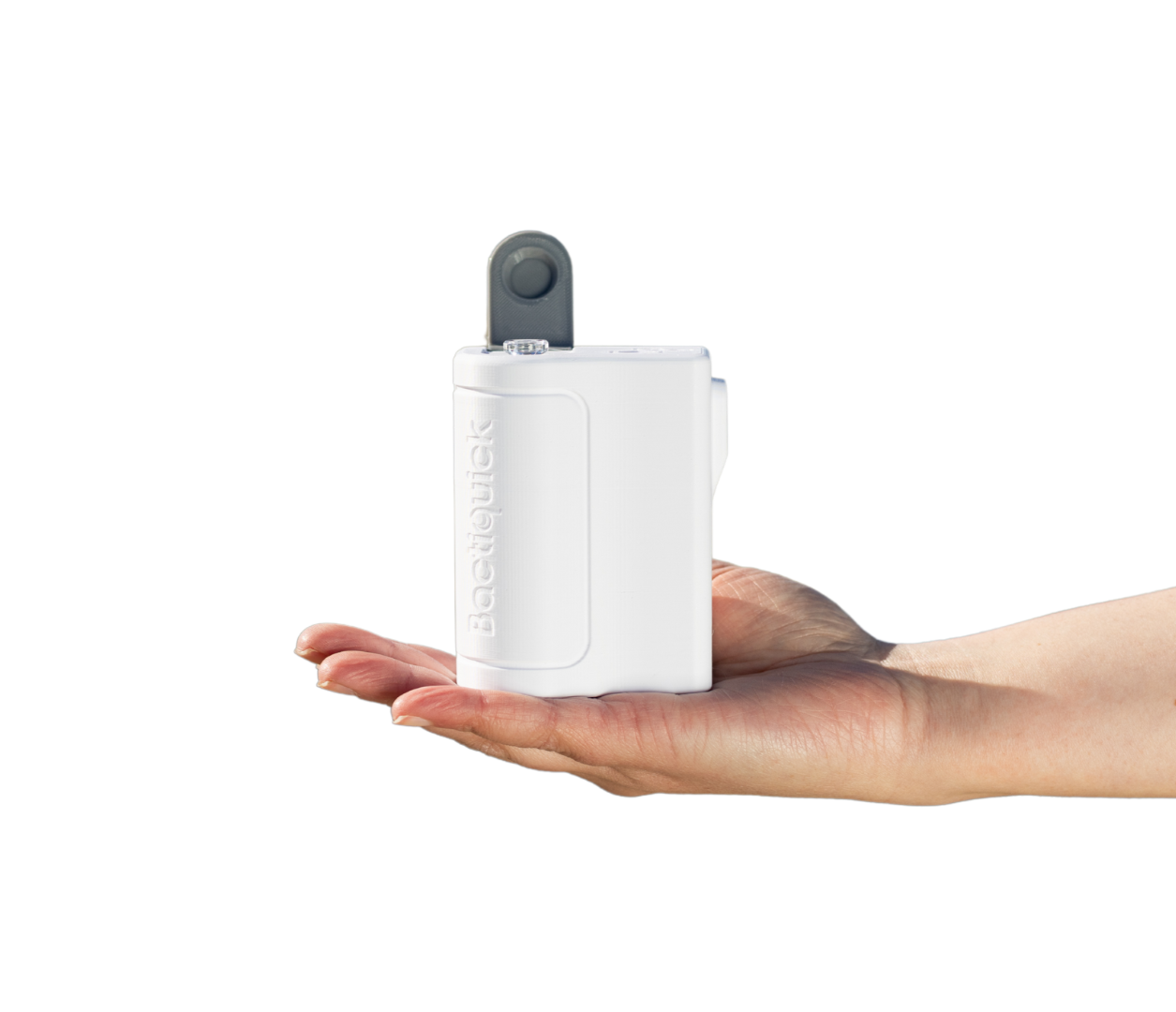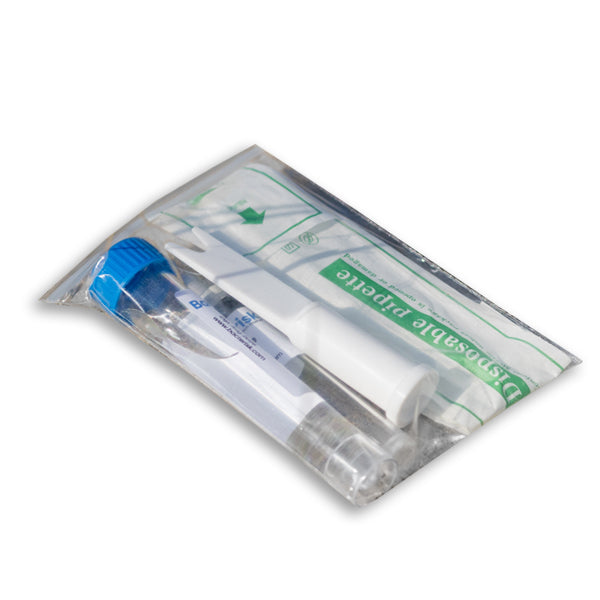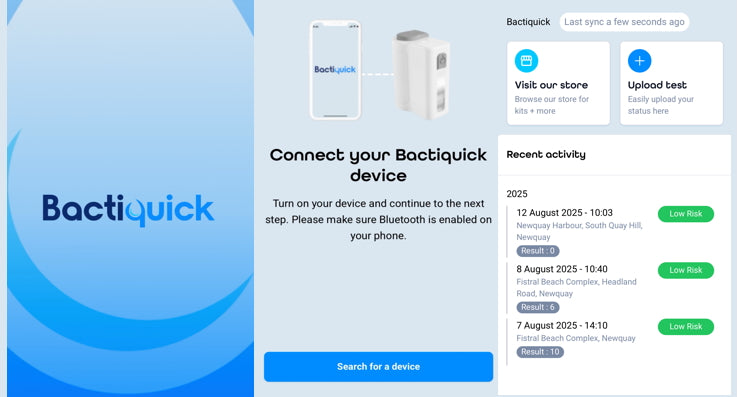
The Hidden Dangers of Harmful Bacteria in Sea and River Water
The Hidden Dangers of Harmful Bacteria in Sea and River Water
When it comes to spending time in natural bodies of water—whether swimming, kayaking, surfing or paddleboarding most of us don’t think twice about what might be lurking beneath the surface. Yet contaminated water can harbour harmful bacteria that put human health at serious risk. That’s where the Bactiquick Real Time Testing comes in.
What are the harmful bacteria and what are the symptoms and illnesses if you are exposed?
Different Gram-negative bacteria in water can cause a variety of health issues. Here are some of the most common:
1. E. coli
- Symptoms: Diarrhea, stomach cramps, nausea, vomiting, and fever.
- Complications: Severe strains can cause kidney damage (hemolytic uremic syndrome).
2. Pseudomonas
- Symptoms: Skin rashes, ear infections (“swimmer’s ear”), and respiratory infections in vulnerable individuals.
- Complications: In people with weakened immune systems, it can lead to bloodstream infections and pneumonia.
3. Vibrio (including Vibrio vulnificus)
- Symptoms: Watery diarrhea, abdominal pain, nausea, and fever.
- Complications: Open wound exposure can cause severe skin infections; in rare cases, it may lead to life-threatening sepsis.
4. Leptospira (causing Leptospirosis)
- Symptoms: High fever, headache, muscle aches, vomiting, and red eyes.
- Complications: In severe cases, it can cause kidney damage, liver failure, or meningitis.
Why Quick Detection Matters
These bacteria can cause anything from a mild stomach upset to life-threatening illness. Because early symptoms often mimic common viral infections, waterborne bacterial diseases can go unnoticed until they become severe. Quick detection allows you to avoid exposure before it happens.
How Bactiquick Detects Harmful Bacteria
Unlike traditional water tests that only screen for a single strain, Bactiquick uses advanced microbiological detection technology to identify endotoxins, molecules found in all Gram-negative bacteria. This allows the Bactiquick device to detect not just E. coli, but a wide range of dangerous bacteria such as Pseudomonas, Vibrio, and Leptospira.
The real time water test process is simple:
- Collect a water sample.
- Dilute it and add the reagent.
- Insert it into the device.
- Wait just 15 minutes for clear results.
With rapid feedback, you can make an informed decision about whether it’s safe to enter the water. You can load your results to the bactiquick app and keep a digital record of all your results across a variety of locations and share to friends, groups, communities, businesses and water companies.

